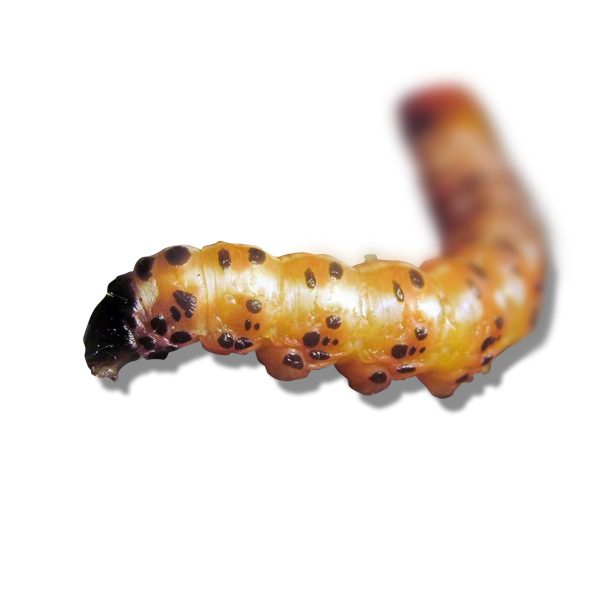Biology
This pest develops on artichoke. Adults are nocturnal, 50 to 60 mm wingspan. The female lays up to 1300 eggs in 2 or 3 groups at the base of the foot of artichoke. The young caterpillar climbs along the plant and nibbles the upper epidermis of the leaves; it then penetrates the veins. It then eats through the centre of the stem and reaches the head where it forms large galleries The adults appear from the beginning of October to mid- November. The eggs hatch from December to February. The caterpillars develop inside the plant until pupating in these same galleries (according to inra.fr).
Nature of Damage
The artichoke moth is the most important pest of the artichoke in the Mediterranean basin. Larvae will feed on any part of the plant, but the economic damage occurs when they feed on the floral buds. The damage it causes can be considerable: the heads are lost and, furthermore, the weakened plant does not produce any more flowers.
Monitoring
Russell IPM manufactures and supplies pheromone lure – the Qlure, traps and complete monitoring systems for Gortyna xanthenes, Artichoke Moth.
Pheromone trap data gives early warning of the infestation and will also alert the user to a low level of population before it becomes serious.
The lure can be best applied with the Mothcatcher trap or Delta trap.


